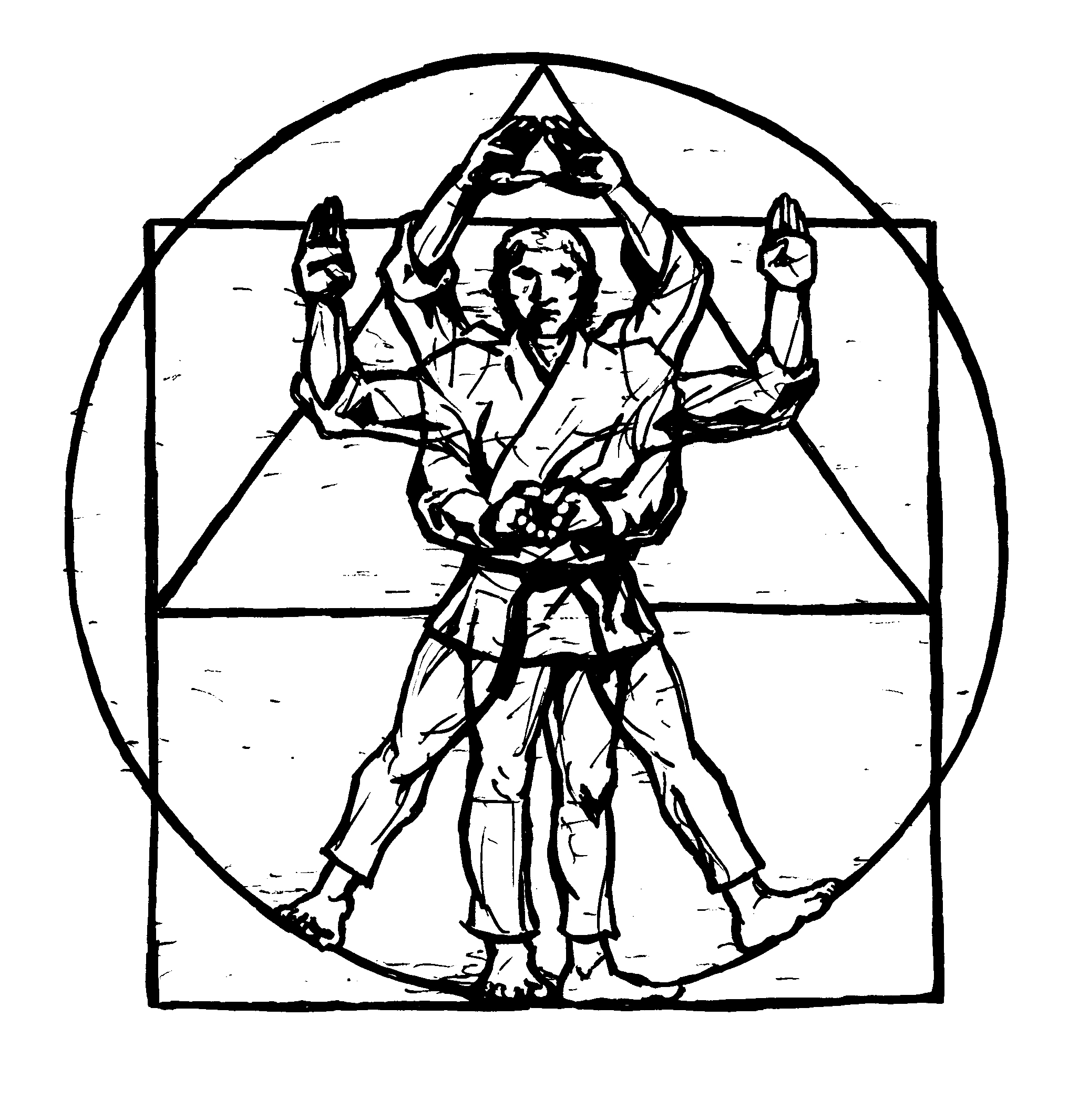Book Review: Matthew Apsokardu’s “Tales from the Western Generation”
Matthew Apsokardu is a dedicated martial artist, and the mind behind the excellent website, Ikigai Way. He has a long track record of creating valuable content for karateka and kobudoka, mostly through his website. For some time, now, he has been working on something a bit grander. “Tales from the Western Generation” is a rather lengthy book, weighing in at […]












